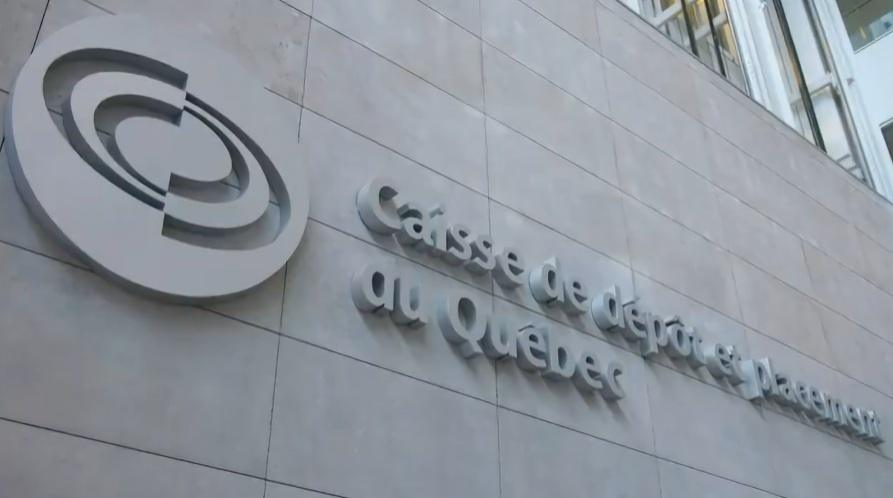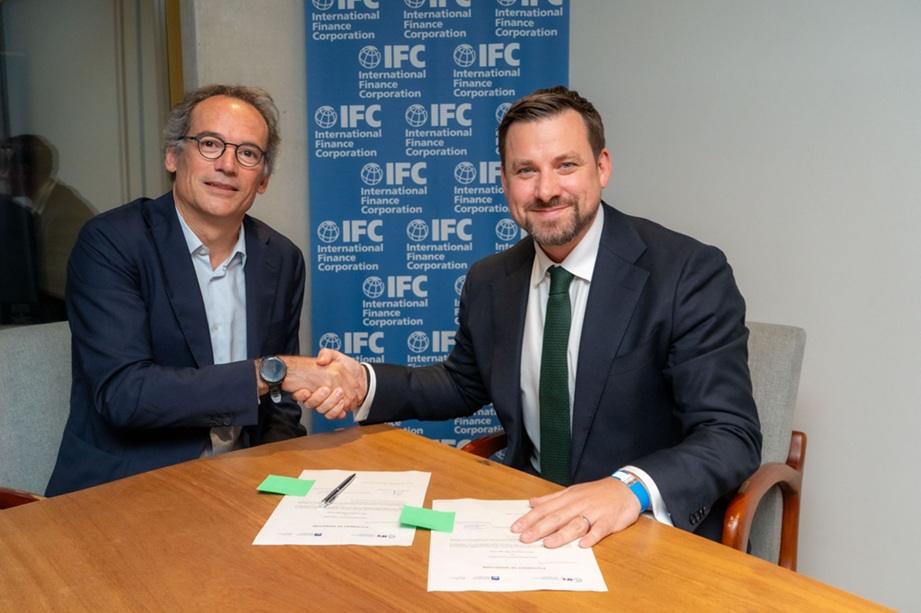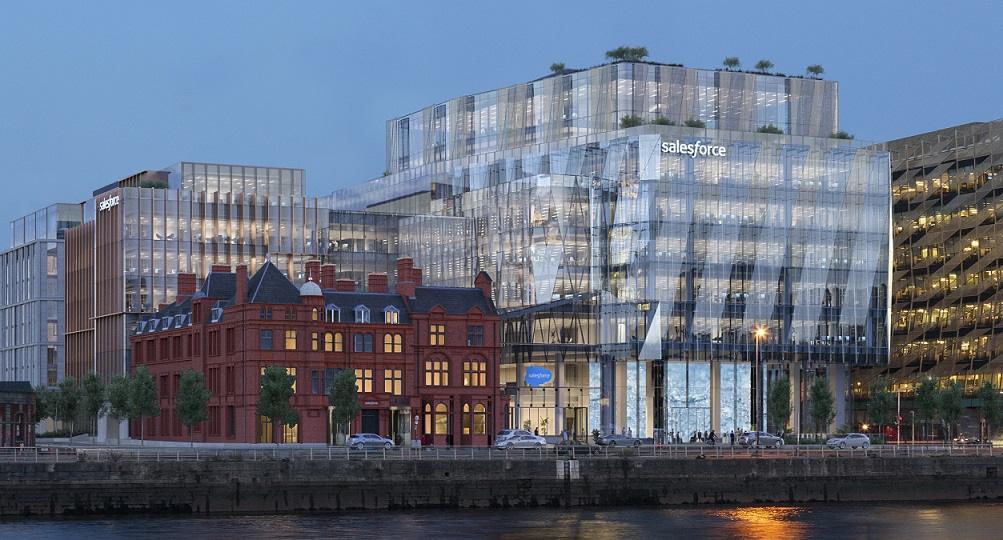La Caisse, CEFC Launch $165 Million Sustainable Agriculture Carbon Credit Platform
Canadian institutional investor, La Caisse (formerly CDPQ) and Australia’s specialist climate investor Clean Energy Finance Corporation (CEFC) announced today the launch of Meldora, a new carbon credit-generating sustainable agriculture platform.
The new platform is being launched with a AUD$250 million (USD$165 million) investment, including $200 million from La Caisse and $50 million from CEFC, as well as long-term agreement with Rio Tinto as a foundation offtaker.
According to La Caisse, the new platform aims to generate high-quality Australian carbon credit units (ACCUs) by integrating large-scale sustainable agricultural production with long-term Environmental Plantings, a methodology for ACCUs in which native vegetation is planted and maintained for a minimum of 25 years – and as long as a century for some projects – providing long term carbon sequestration and biodiversity benefits. The investment will be underpinned by a long term offtake from Rio Tinto for part of the ACCUs to be issued.
Emmanuel Jaclot, Executive Vice-President and Head of Infrastructure and Sustainability at La Caisse said:
“This investment is a timely step toward advancing resilient, climate-smart agriculture in Australia, while delivering measurable environmental and economic value… It reflects La Caisse’s commitment to sustainable land use and our broader net zero ambition, as we position ourselves early in a growing market for high-quality carbon credits.”
Meldora will be managed by Australian agriculture and natural capital asset manager, Gunn Agri Partners (GAP). The platform has already purchased its first asset, a broadacre and irrigation farm of more than 15,000 hectares in Central Queensland.
GAP Managing Director, Bradley Wheaton, said:
“The scale of this investment and the scope of the Meldora platform means that it is uniquely ambitious in integrating the restoration of native vegetation in the landscape of an institutional-quality agricultural investment. Through diversification across irrigation, dryland cropping and carbon credit generation, the investment model redefines the future of farming.”






